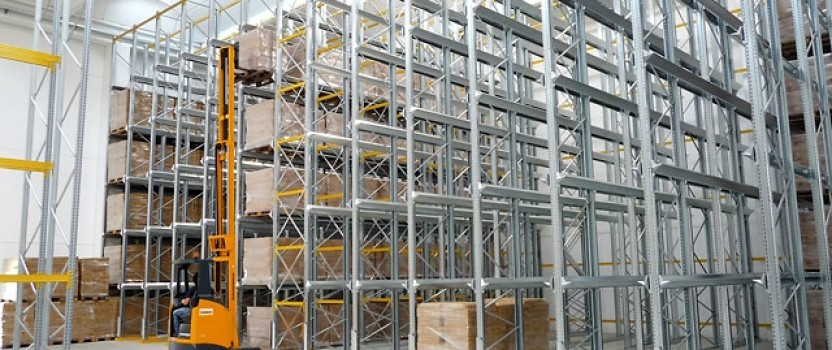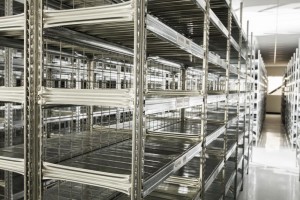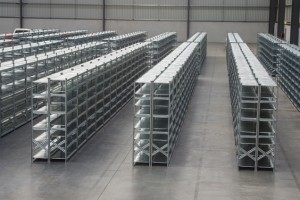Is your warehouse slowing you down?
For any business that depends on warehouses to move products in and out of the supply chain process and drive sales, it’s critical to have facilities that are well designed, efficient, safe, and have the proper storage systems in place for inventory regardless of weight or dimension. At Metalsistem Canada, we’re the number one company in the Greater Toronto Area for industrial shelving, and our design experts can help you find the right solutions for all your needs.
A number of factors determine the overall efficiency of your supply chain process and how a warehouse functions, but two areas that businesses sometimes lack vision in – especially with newer companies or businesses in transition from one owner to another – are storage options and warehouse layout.
Storage Options
Regardless of the business you’re in, warehouses are crowded, fast-paced operations that sometimes run 24/7 with products constantly arriving and moving out, being rotated on warehouse shelving, or moved from one location to another to accommodate new inventory. But that doesn’t mean processes are as efficient as they should be, potentially slowing down your warehouse when what you really need is organization and speed – both of which can be improved with the proper storage solutions.
Because most warehouses operate at capacity, different shelving systems not only free up valuable floor space, but can result in inventory being stored and accessed easier. When researching warehouse design and storage options, it’s important to consider the types of product being stored, weight and dimensions, and any special needs like storing items requiring refrigeration.
At Metalsistem Canada, all of our industrial shelving systems from Metalsistem are made from 3.1B certified high tensile steel coils that meet or exceed EN 10204 standards and are highly customizable to accommodate a wide range of products of different sizes and weighing up to 15 tons.
Warehouse Layout
A key component of warehouse and supply chain efficiency is how the facility has been designed in terms of floor plans. Architectural design that takes into consideration health and safety issues, environmental impact, location, and the number of employees and how the company and warehouse will interact with the surrounding community also ensure the facility runs at maximum efficiency.
Part of optimal warehouse design is planning for the future, a good deal of which revolves around projecting new growth opportunities, and the needs of employees and customers. Warehouse space needs to remain functional and adaptable, meaning floor plans can be changed as necessary and different types of warehouse shelving and other storage solutions can be installed. This is where the design experts at Metalsistem Canada excel, working with clients on innovative and space-saving storage solutions like mezzanine shelving and other shelving options so they can focus on sales.
Different products require different storage solutions. For instance, within the food industry – manufacturing, distribution, retail, restaurants, or other businesses – efficient, modular, and specialized “food grade” storage systems are in high demand because not all food products safe for human consumption can be stored on shelving made of certain materials. This increases the need for flexible, galvanized shelving ideal for cold storage.
An efficient warehouse floor plan includes the type of shelving you need, and how much will fit in available space. This is another key consideration, as it will influence your decision to purchase customizable systems rather than storage that doesn’t meet your needs or takes up too much space.
Finally, a well designed and efficient warehouse depends on many factors, obvious such as climate control, energy needs and power consumption, office space and work areas for employees, to less apparent issues like environmental impact, loading docks, and storage areas.






